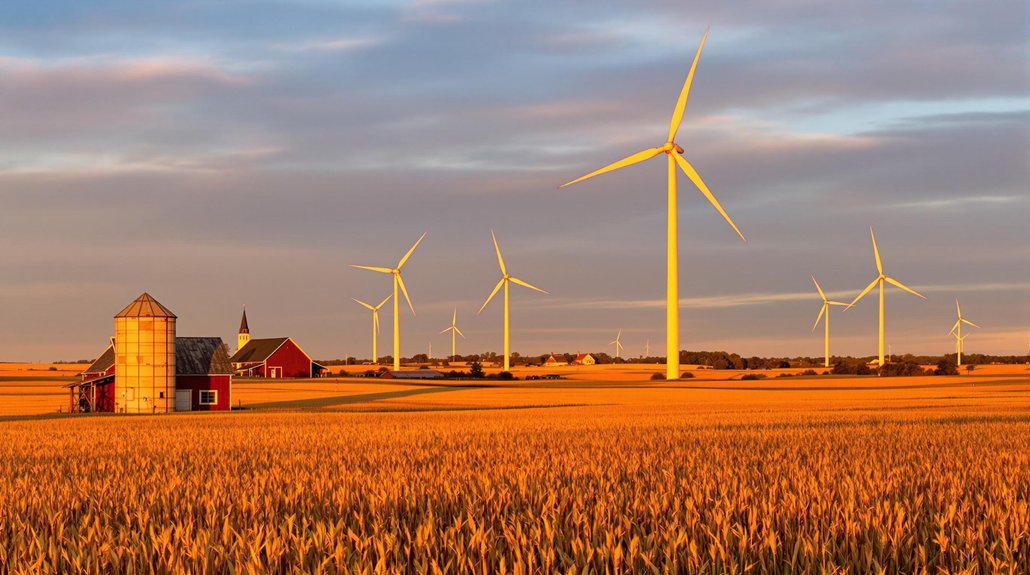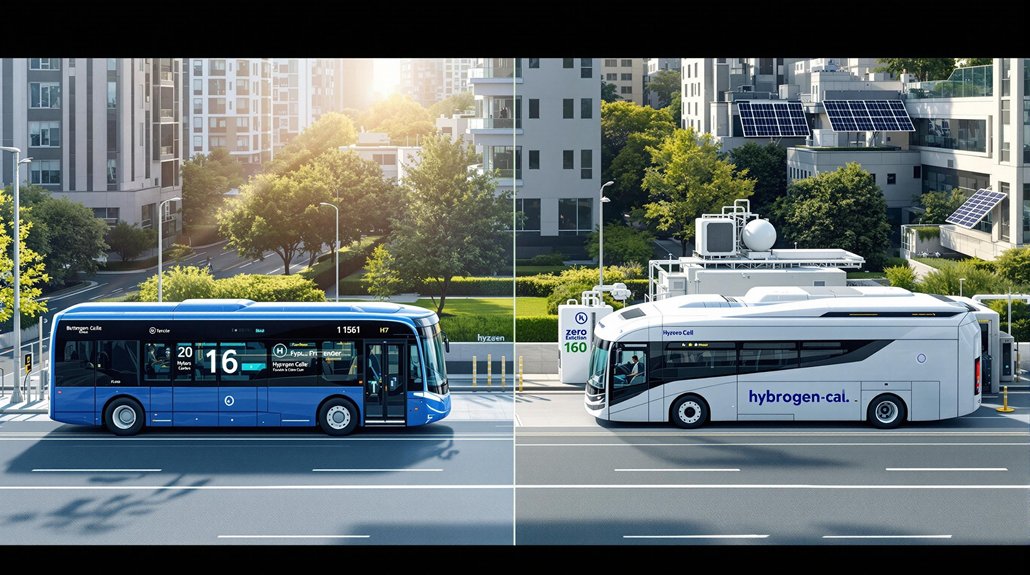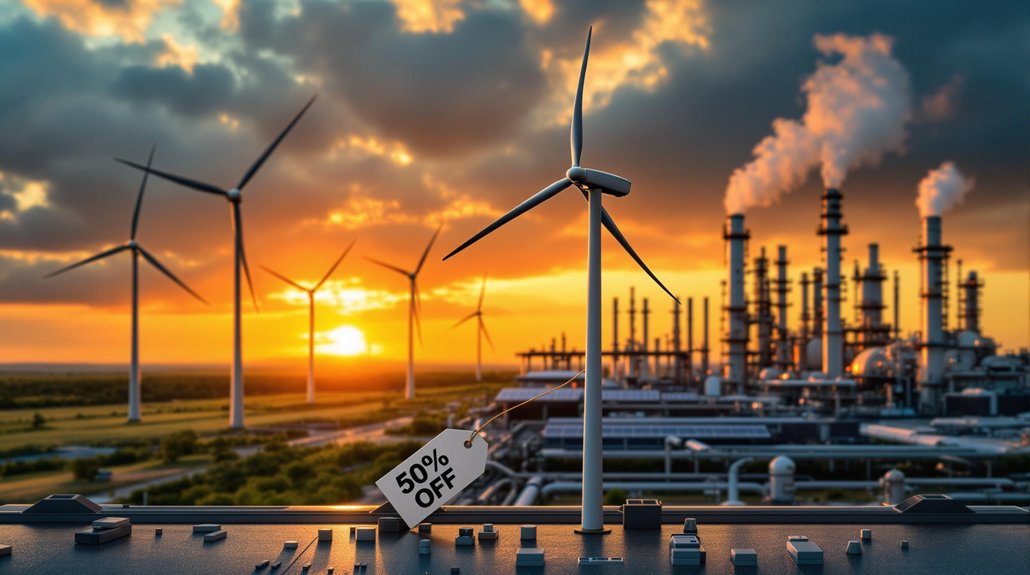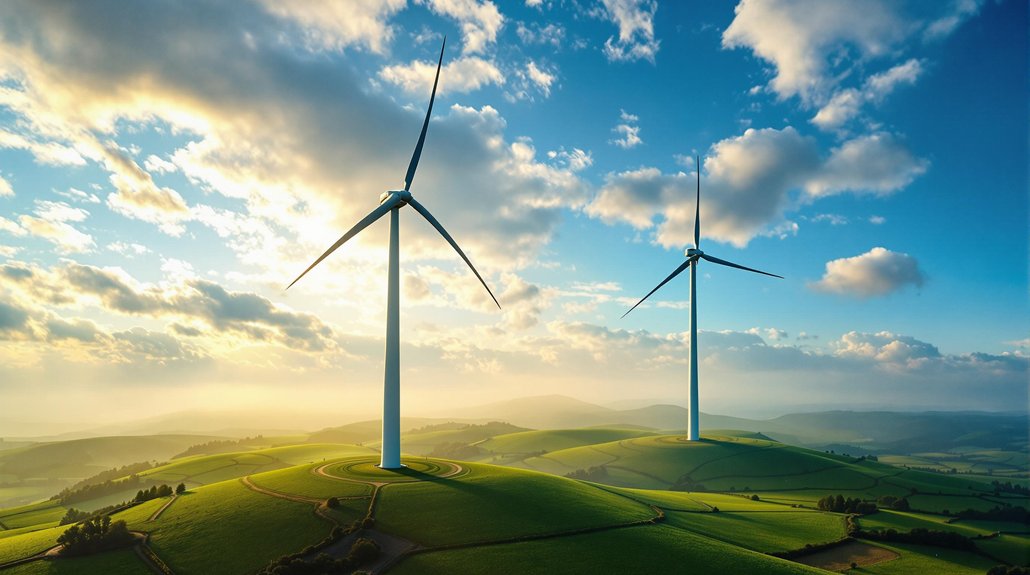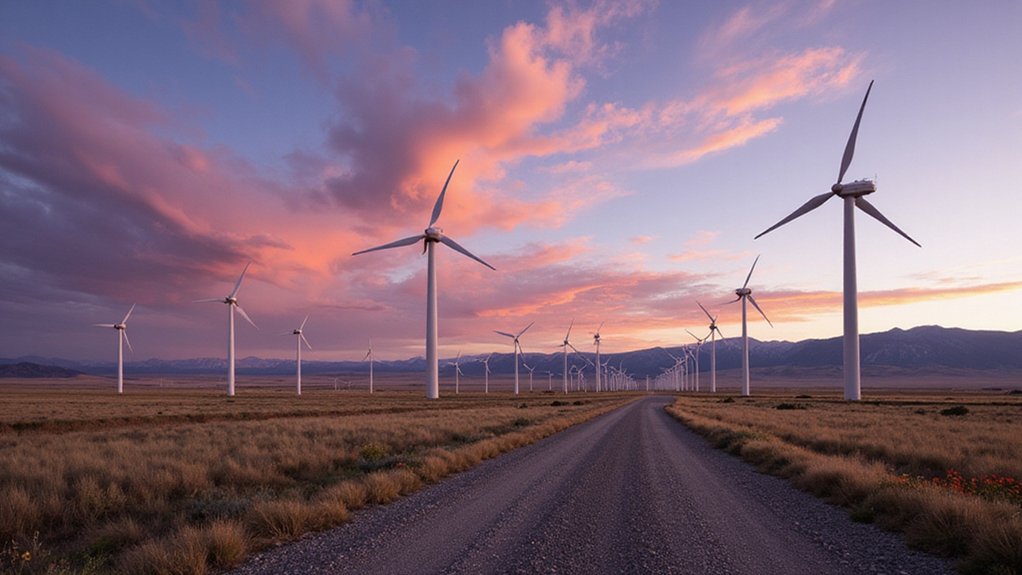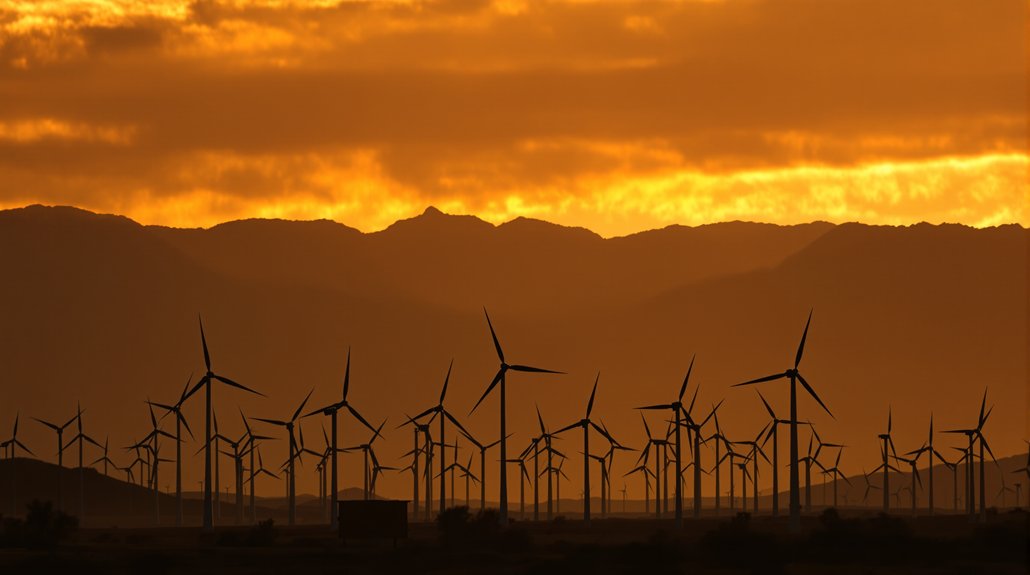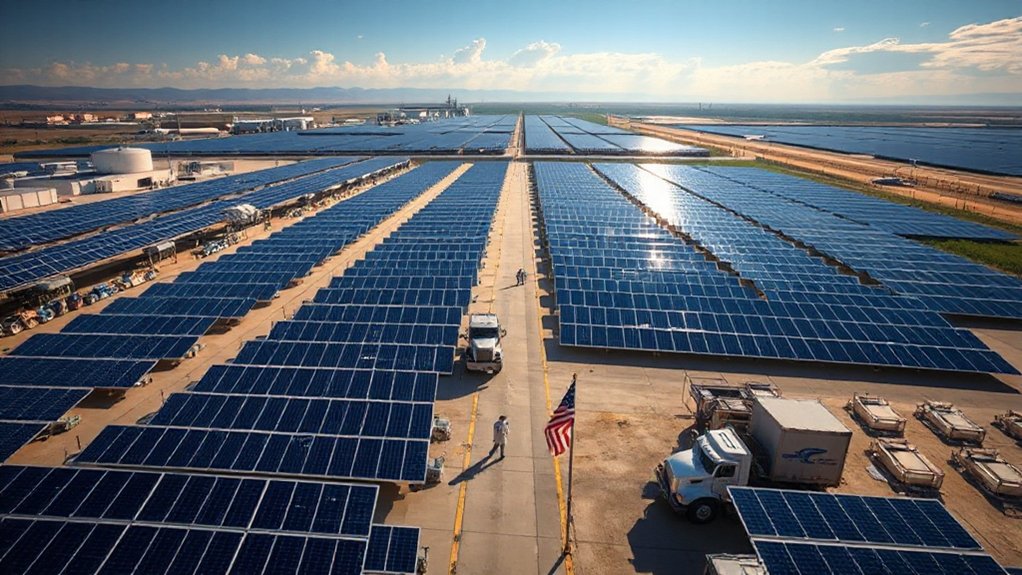Wind turbines are bringing big money to small towns across America. Rural communities collected nearly $1 billion in tax revenue from wind energy companies last year. The cash helps fund schools, roads, and emergency services without raising local taxes. “It’s been a game-changer,” says one county official. Not everyone’s happy, though. Critics worry about wildlife deaths, changed landscapes, and potential noise problems. The debate intensifies as more turbines appear on rural horizons.
Many rural communities across America are experiencing unexpected financial boosts from wind energy projects in their backyards. The towering turbines that dot farmlands and open spaces are bringing in substantial tax revenue, helping towns that have struggled with declining populations and shrinking budgets.
In 2022 alone, the U.S. wind industry paid an estimated $1 billion in state and local taxes. These payments often exceed what conventional power plants contribute, averaging about $10,000 per megawatt annually in rural areas. Pecos County, Texas saw an additional $4.6 million in property tax revenue from wind projects in 2002.
Farmers and landowners who lease their property for turbines are also benefiting. Wind companies paid rural landowners $267 million in lease payments in 2017, with that figure rising yearly. These payments provide a stable second income stream, allowing agricultural activities to continue around the turbines.
“The extra income makes a real difference,” says John Miller, a Minnesota farmer with three turbines on his property. “I can plan for the future now.” Studies show farmers with turbines invest twice as much in farm improvements compared to those without them.
Local employment has grown too. The wind industry supports over 73,000 jobs nationwide. While construction creates temporary work, permanent maintenance positions offer new career paths for rural residents. Local businesses from restaurants to hardware stores see increased traffic.
Communities are using wind revenue to fund essential infrastructure. New schools, repaired bridges, and upgraded roads are being built without raising local taxes. Some counties have even paid off public debts with wind income, preventing service cuts. Wind farms have become the largest single taxpayer in many counties, substantially easing the tax burden for local residents.
Not everyone’s a fan of the turbines. Critics point to concerns about wildlife impacts, visual changes to the landscape, and potential property value effects. Some residents complain about noise or flicker from the spinning blades. In Ford County alone, wind turbines generate approximately 3.8 million dollars in property taxes, representing about 10% of the county’s total tax revenue.
Despite these objections, many rural officials say the economic benefits are too significant to ignore. With a typical payback period of 6-7 years for installation costs, wind projects offer decades of stable revenue, and many communities see turbines as crucial lifelines for their economic futures.
